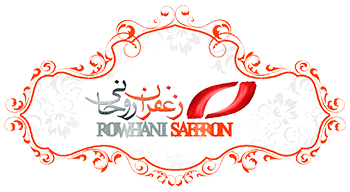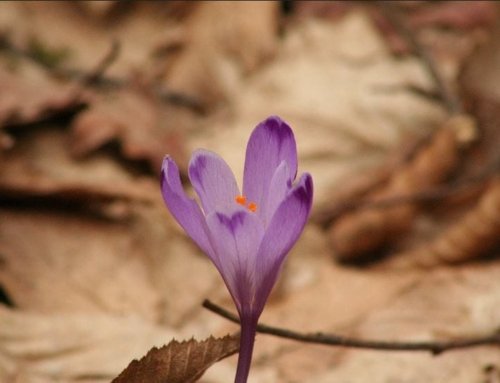 When Iranian Saffron Becomes a Global Brand under Spain
When Iranian Saffron Becomes a Global Brand under Spain
Saffron Farming in Isfahan
Saffron cultivation is highly profitable and requires little water, making it ideal for Isfahan’s climate. Farmers in the province increasingly turn to this crop, benefiting from its suitability to the region’s arid conditions. This shift significantly boosts the local economy. In recent years, saffron farming has expanded to larger areas. Despite Isfahan’s fertile soil and favorable climate, saffron struggles to gain a foothold in local markets. It is often mixed with Mashhad saffron, reducing its distinct identity.
Saffron: A Strategic Solution for Drought in Isfahan
Saffron is a vital crop for combating drought and supporting agriculture in Isfahan. Tiran and Karvan are the province’s main saffron-producing hubs. These areas produce exceptional-quality saffron, yet it loses value due to raw sales. Local officials claim Tiran and Karvan saffron is better than Mashhad’s. However, widespread mixing and rebranding undermine its uniqueness.
The Need for Branding Iranian Saffron
Spain produces little saffron yet sells Iranian saffron under its own global brand. This emphasizes the need for better branding in Tiran and Karvan. Developing cooperatives for medicinal plants could enhance saffron’s recognition and value.
The World-Class Quality of Isfahan’s Saffron
Experts agree that Isfahan’s saffron can dominate global markets due to its superior quality. Yet, its potential remains untapped because of poor branding and raw exports. Better packaging and marketing can increase profits and help Isfahan compete globally with countries like Spain.
Najafabad’s Role in Saffron Expansion
Najafabad’s soil and climate make it a stronghold for saffron cultivation. Farmers here are replacing traditional crops, such as almonds, with saffron. This shift reduces issues like pests, drought, and high water use. Currently, Najafabad dedicates over 70 hectares to saffron farming. Key areas include Mehrdasht, Aliabad, and Kheirabad.
Exports and Economic Potential of Saffron
Isfahan is Iran’s third-largest saffron producer, with cultivation increasing by 10% in recent years. Specialized companies export most saffron internationally. With more training and support, local farmers can expand exports further. Shifting to saffron from water-intensive crops, such as rice and almonds, highlights Isfahan’s progress in sustainable farming.
Government Support for Saffron Farming
Government incentives encourage farmers to grow low-water crops like saffron. These programs aim to make saffron a cornerstone of Isfahan’s sustainable agriculture. They also position it as a key export for Iran’s economy.







Get Social